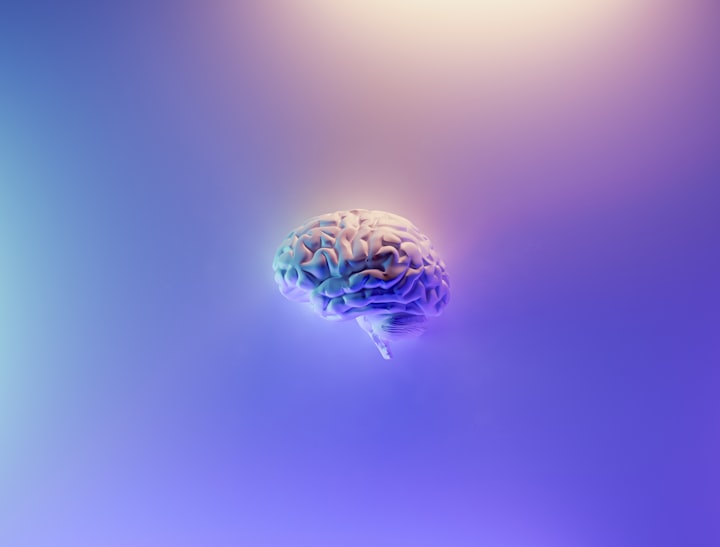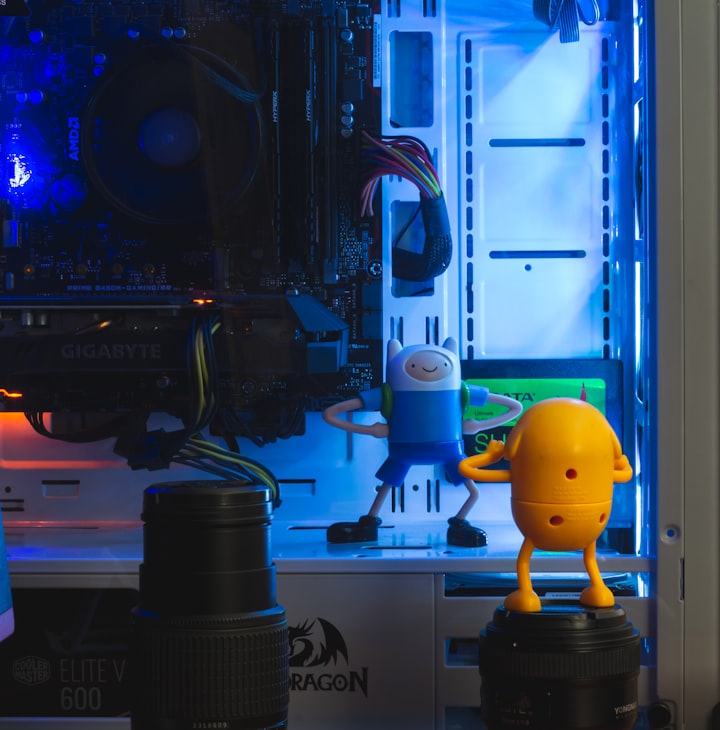Unraveling the Enigma of Memory
How your memory works

Memory's Labyrinth: Exploring the Depths of Forgetting and Recall
Picture this: Sherlock Holmes, that enigmatic sleuth, likened the brain to an attic, a space with finite room for memories. In his deductive brilliance, Holmes quipped that cluttering it with trivial facts only hindered the storage of crucial information, like distinguishing deadly poisons. But was Holmes onto something profound? Does our memory truly mimic the confines of a computer's storage? Or does it harbor boundless potential? Imagine a life where every detail, every experience, remained etched in your mind, never fading into oblivion. What would such a world look like?
While the whimsical film "Inside Out" depicted memories as radiant orbs neatly shelved in the brain's recesses, reality paints a far more intricate picture. Our memories are not stowed in a single cerebral vault; instead, they sprawl across various brain regions, a mosaic woven by countless neural threads. Take, for instance, reminiscing about Grandma's apple pie; it's a symphony of neurons orchestrating the image, aroma, and taste, scattered across the brain like scattered puzzle pieces. Yet, a memory isn't a static entity; it's an intricate dance of neurons firing in unison, weaving the tapestry of our past experiences.
Delve deeper, and you'll stumble upon the hippocampus, nestled within the brain's labyrinth like a seahorse. This enigmatic structure serves as the architect of memories, as evidenced by the tale of H.M., a patient whose life became a window into memory's inner workings. Despite losing most of his hippocampus to surgery, H.M. retained memories predating the procedure, illuminating the hippocampus's pivotal role in memory formation. But where do memories truly reside? They reside not in a single locale but in the dynamic interplay of neurons, etching experiences into the fabric of our being.
Enter the maze of memory consolidation, a process akin to sculpting marble, where fleeting experiences are chiseled into enduring monuments. Like a mouse retracing its steps through a labyrinth, our brains rehearse memories, reinforcing synaptic connections that anchor them in our consciousness. Yet, this process isn't foolproof; the lines between reality and imagination blur, as vivid fantasies mimic genuine recollections. Herein lies the vulnerability of memory—the susceptibility to distortion, manipulation, and even outright fabrication.
But what of forgetting? Far from being a flaw, forgetting is a feature woven into the tapestry of cognition, a mechanism essential for navigating life's labyrinth. Whether it's the gradual erosion of time or the deliberate pruning of obsolete memories, our brains are adept at shedding the detritus of yesteryears. Consider, too, the phenomenon of motivated forgetting, a subconscious act of self-preservation where painful memories are shrouded in the veil of oblivion. It's a testament to the brain's adaptability, its innate ability to shield us from the burdens of the past.
Yet, amidst the myriad tales of forgetfulness, there exist anomalies like Jill Price, whose memory resembles an unending reel of vivid recollections. While this ability may seem like a boon, it's a double-edged sword, burdened by the weight of every regret and misstep. The tantalizing prospect of erasing unwanted memories beckons, yet the methods remain crude, akin to wielding a sledgehammer in delicate surgery.
In the grand tapestry of human cognition, memorization is but a brushstroke, a precursor to true understanding. For true learning transcends rote recitation; it demands introspection, synthesis, and the interplay of ideas. It's a journey through the corridors of knowledge, where every twist and turn reveals new vistas, new horizons waiting to be explored.
So, while we may never attain the fabled eidetic memory of lore, we are endowed with something far more precious: the capacity to learn, adapt, and evolve. For in the grand mosaic of human experience, forgetting is not a flaw but a feature—an essential thread woven into the fabric of our being, guiding us through the labyrinth of life.





Comments
There are no comments for this story
Be the first to respond and start the conversation.